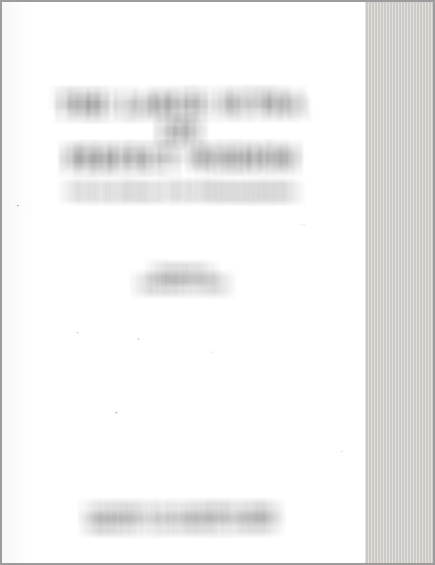Abhijnana Sakuntala (with Katayavema commentary)
by C. Sankara Rama Sastri | 1947 | 120,182 words
This edition concerns the Abhijnana Shakuntala by Kalidasa including the Sanskrit commentary by Katayavema and an English Translation with notes. Kalidasa is renowned as one of the greatest Sanskrit poets. Among his distinguished works is "Abhijnana Sakuntala"—a drama that showcases his remarkable imagination and poetic genius. The plot o...
Introduction (4)—Time-Analysis of the Abhijnana Sakuntala
The opening scene of the drama is laid in a forest leading to a penance-grove on the banks of the river Malini wherein is situate the hermitage of Kanva. The scene begins with the hunting expedition of king Dusyanta and ends with the first meeting of the king with the heroine and her two friends at the time of watering the trees of the hermitage. That the incidents of the First Act occupy a few hours of a summer morning is obvious from Vidusaka's soliloquy at the beginning of the Second Act wherein he says that he has to roam about in the
woods consisting of trees, sparse in shade due to summer. That the actions of the First and Second Acts take place on two consecutive days is evident from the same soliloquy wherein he says that Sakuntala was presented to the king's sight by his misfortune on the previous day. The incidents in the Second Act consisting of the stoppage of the hunting expedition, the confidential talk of the king with the Vidusaka in praise of Sakuntala's beauty, the request of the sages to remain for a few days in the penance-grove to safeguard their ritualistic observances and the sending away of Vidusaka with all the royal retinue back to the city are all events of a single day. In the Third Act the king is referred to as having successfully safeguarded the Isti started by the sages and both the hero and the heroine as pining day by day through love for each other. It can therefore be presumed that the interval between the Second and Third Acts was about a week. The actual scene of the Third Act which begins with the king's seeking diversion from his love-sickness and progresses through a mutual disclosure of their love by the lovers and ends with their first private interview, represents the happenings of a single day. A month or two must have elapsed between the Third and Fourth Acts. In the interval the Gandharva marriage has taken place, and the king has gone back
to his city. At the beginning of the Fourth Act proper Sage Kanva returns from his pilgrimage and soon after sends his daughter under escort to her husband's city. The interval between the Fourth and Fifth Acts was probably a couple of days necessary for traversing the distance from the Himalayan slopes where Kanva's hermitage is located to Hastinapura, the capital of Dusyanta, and the scene of the Fifth Act begins with the advent of Sakuntala and party at the king's palace and culminates in her repudiation by the king on a single afternoon. At what particular point of time the ring that roused memories of Sakuntala was acquired by the king as depicted in the fisherman's scene set out in the Interlude at the beginning of the Sixth Act, it is difficult to guess. It may safely be postulated, however, that between Act V and the beginning of Act VI proper which presents Sanumati moving incognito to watch the king's movements, at least five years should have expired to justify the meeting of Dusyanta with his boy in the next Act. From Sanumati's advent down to the arrival of Matali to take the king to heaven, the incidents occupy one day. Between the VI and. VII Acts the interval is not long. Within a week the demon-foes of Indra are crushed by Dusyanta, and Indra sends him back after paying due honours.. The king's travel from heaven to earth in the aerial
car of Indra which leads to his reunion with Sakuntala and union with his young boy on the way in Marica's hermitage is finished on the same day. On the whole the plot of the drama occupies a period of six years roughly. The scene of the first four Acts is laid in the hermitage of Kanva, that of the fifth and sixth Acts in the city of Dusyanta, and that of the seventh Act in the celestial regions.
